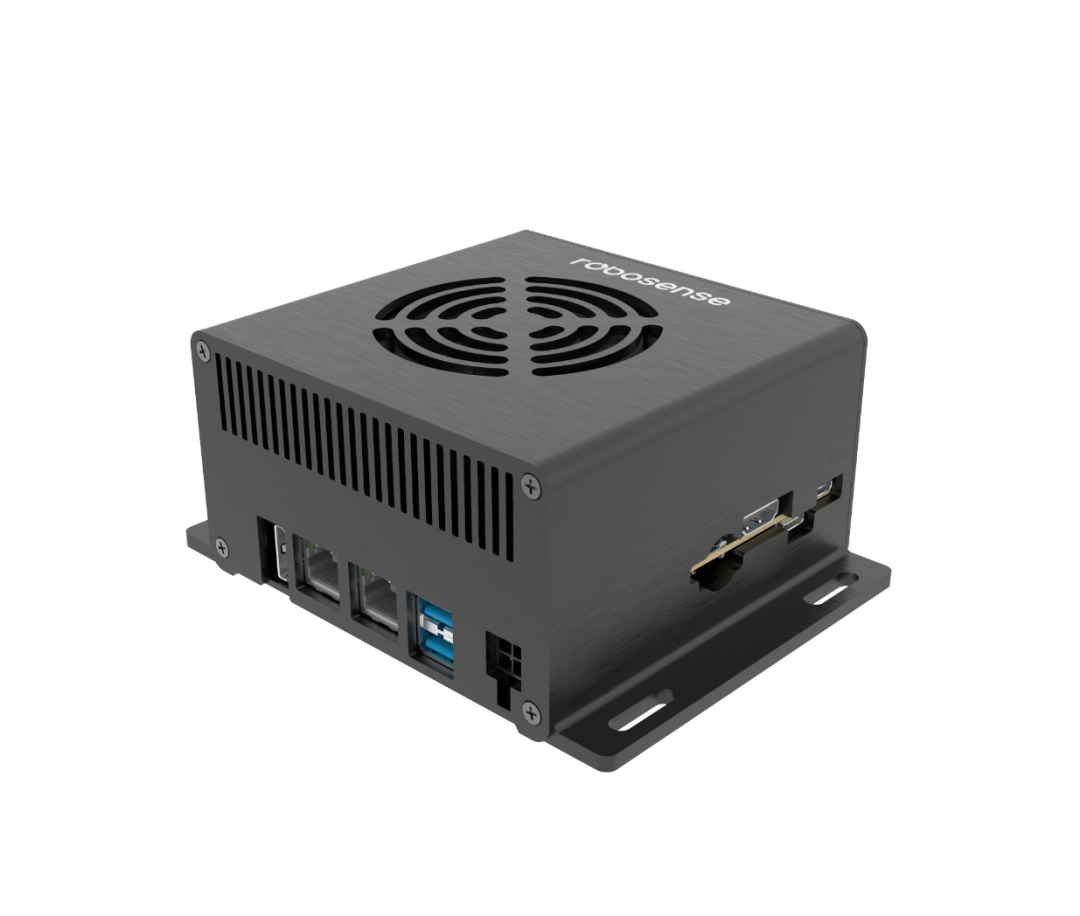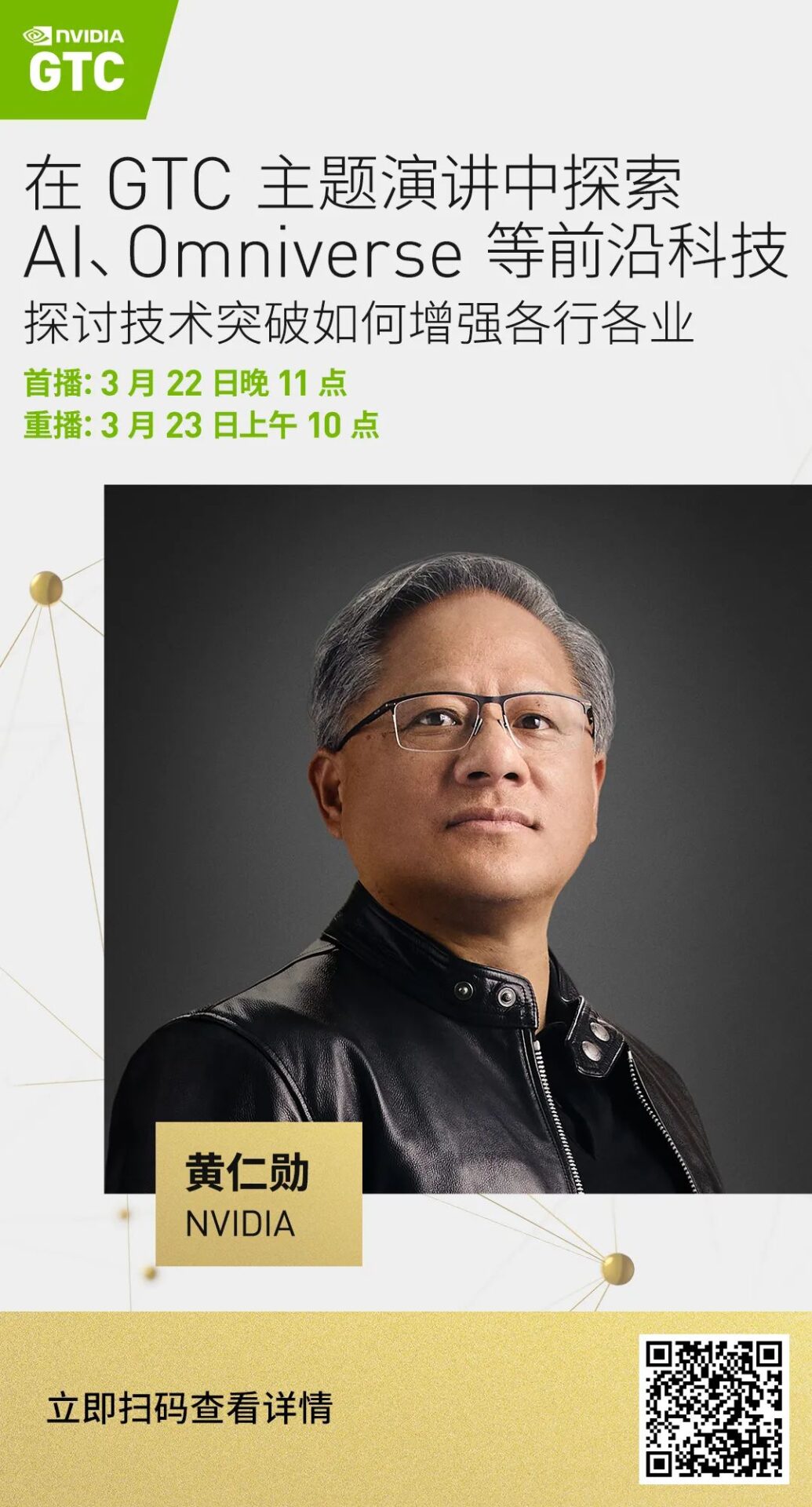RoboSense is a global leader in intelligent LiDAR systems technology. Through a closed loop of three core technologies: LiDAR hardware, perception software, and chips, RoboSense provides the market with intelligent LiDAR systems that have information understanding capabilities, redefining the traditional definition of LiDAR hardware as mere information collectors, empowering robots and vehicles with perception abilities that surpass human vision, ensuring the safety of intelligent driving.
Headquartered in Shenzhen, RoboSense boasts a talent team from top global enterprises and research institutions, providing a continuous source of innovation. By 2021, RoboSense had filed over 700 patents related to LiDAR worldwide. The leading edge of RoboSense’s product technology is built on a multi-disciplinary and multi-level technological accumulation, market-oriented, providing various intelligent LiDAR system solutions, including MEMS and mechanical LiDAR hardware, hardware fusion technology, and perception software.
Challenges Faced by RoboSense’s Perception Software
LiDAR sensors can provide high-precision geometric distribution information about the surrounding environment. Compared to camera vision sensors, they have advantages such as immunity to ambient light interference, large detection range, long detection distance, no distortion, and reliable accuracy, making them irreplaceable in fields like vehicle-road collaboration, autonomous driving, and robotics.
However, compared to the widespread availability of perception software and solutions for visual processing, LiDAR faces challenges such as a scarcity of post-processing perception software and high development difficulty, especially since point cloud data is 3D and requires higher computational power for processing. Current mainstream perception software, such as those ranked highly in the KITTI autonomous driving dataset for point cloud processing, almost all rely on industrial computers, which are cumbersome, to support real-time operation.
In practical applications, various weather and road conditions must be faced, thus requiring high precision and reliability from sensors and fast operational speeds from perception software, with very high efficiency for real-time data processing. Additionally, point cloud AI technology is relatively complex, with high development thresholds, and traditional perception software teams face challenges such as a lack of experience in point cloud processing, a lack of auxiliary development tools, insufficient effective datasets, and high power consumption and large size of hardware platforms.
NVIDIA Jetson AGX Xavier
Provides Computational Support for RS-Cube 2.0
In response to these challenges, RoboSense has chosen to adopt the low-power, high-computational-capacity NVIDIA Jetson AGX Xavier platform to meet the high computational system demands required for multiple LiDARs to work simultaneously and process data, greatly enhancing the speed of perception software in handling large volumes of point cloud data, providing significant support and enhancement for business operations.

RS-Cube 2.0 integrates the NVIDIA Jetson AGX Xavier computing unit with RoboSense’s latest RS-LiDAR-Perception software to analyze LiDAR point cloud data in real-time, providing semantic-level environmental perception information that fully adapts to various complex traffic conditions. The powerful NVIDIA Jetson AGX Xavier computing unit offers up to 32 TOPS of peak computational capability, supporting multiple LiDAR operations and achieving point cloud fusion tasks across several LiDARs.
1. With the support of the NVIDIA Jetson AGX Xavier hardware platform, RoboSense can quickly complete prototype testing, effectively shorten R&D cycles, reduce trial-and-error costs, and allow development teams to focus their efforts on building large-scale dedicated point cloud datasets and improving perception software performance, rather than excessively focusing on hardware adaptation work.
2. The compact size and lower power consumption of the NVIDIA Jetson AGX Xavier also facilitate practical road test installation, debugging, and software deployment updates, effectively enhancing the efficiency of perception software development and road testing; its rich interfaces also ease connections with other sensors and devices, allowing flexible adaptation to different hardware testing platforms, thus saving adaptation costs to some extent.
3. The NVIDIA Jetson Xavier development platform has a complete upper system environment, enabling rapid and seamless migration of desktop development results onto it, ensuring consistency in development and deployment, thereby eliminating embedded migration, testing, and other stages, accelerating product development on another level.
4. The NVIDIA Jetson Xavier supports flexible combinations of multiple LiDARs and is plug-and-play due to its small size, further enhancing the user experience of the product, helping RoboSense promote the safe implementation of mid to low-speed application scenarios such as V2X vehicle-road collaboration, low-speed logistics robots, and industrial automatic transportation.
NVIDIA Helps RoboSense Achieve
“One-Click Access to LiDAR Environmental Perception Capabilities”
NVIDIA Jetson Xavier is a low-cost, high-performance embedded computing device. This device can run the perception and positioning software provided by RoboSense, helping customers use LiDAR to better understand their surrounding environment. In environments like V2X and unmanned logistics, where cost and deployment space requirements are high, Xavier has become the best solution for customers. The packaged solution of Xavier and RoboSense allows customers to not only obtain spatial point cloud information but also to directly acquire structured information about the surrounding environment, helping customers skip the complex point cloud software development process and achieve plug-and-play, significantly shortening the overall development cycle of user products.
Using NVIDIA Jetson Xavier, the platform can provide up to 32 TOPS of peak computational capability, allowing RS-Cube 2.0 to support various LiDARs such as Robosense’s RS-LiDAR-16, RS-Bpearl, RS-Ruby Lite, RS-LiDAR-M1, and their combination applications, achieving real-time obstacle detection, classification, tracking, semantic segmentation, and comprehensive perception of the surrounding environment, thereby addressing the high computational system demands required for multiple LiDARs to work simultaneously and process data.
In the RS-Cube 2.0 application, customers can quickly and seamlessly embed the LiDAR perception module into their solutions without cumbersome configurations, truly achieving “One-Click Access to LiDAR Environmental Perception Capabilities” to accelerate the implementation of smart transportation projects for customers.
RoboSense co-founder and CEO Qiu Chunchao stated: “LiDAR, as a terminal sensor device, is increasingly playing a significant role in intelligent transportation fields such as vehicle-road collaboration. As an NVIDIA Jetson ecosystem partner, RoboSense hopes to maintain close cooperation with NVIDIA, leveraging the software advantages of NVIDIA Jetson Xavier to apply LiDAR perception-capable 5G vehicle-road collaboration systems to more industries and regions, contributing to the implementation and development of new infrastructure strategies.”
Scan the QR code below to watch GTC22 Huang Renxun’s keynote speech and explore cutting-edge technologies such as AI and Omniverse together!
